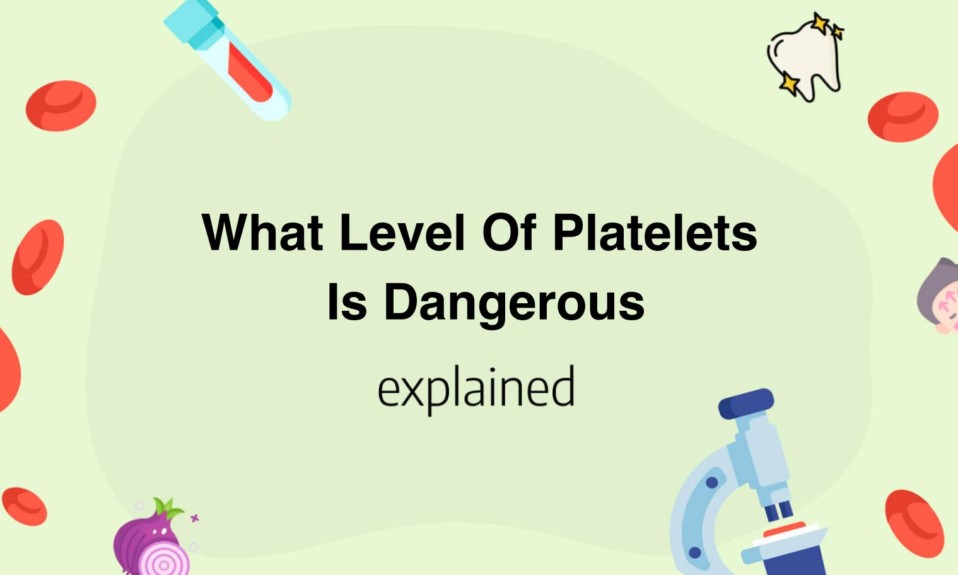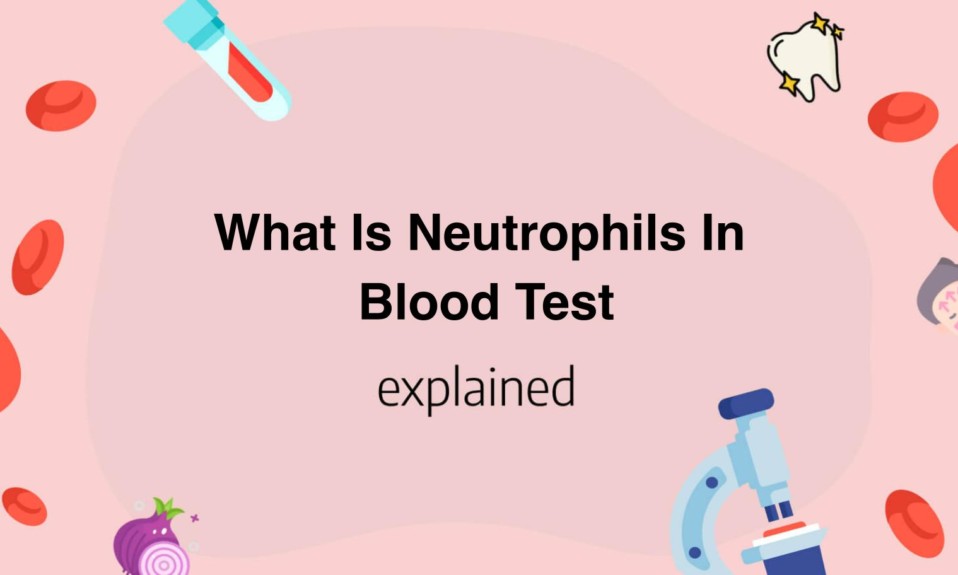In this blog post, you’ll learn everything you need to know about eosinophils.
In the dynamic world of our immune system, there are several key players that work tirelessly to keep us healthy.
Among them are the eosinophils, a type of white blood cell that plays a critical role in our body’s defenses.
Despite being less known than their counterparts like neutrophils or lymphocytes, eosinophils are vital in combating certain infections, responding to allergies, and even influencing inflammation in conditions such as asthma.
In this blog post, we will delve into the fascinating world of eosinophils, shedding light on their function, and importance in maintaining our health.
What are eosinophils?
Eosinophils are white blood cells (leukocytes). There are three main types of white blood cells: neutrophils, basophils and eosinophils.
Neutrophils, the most numerous, are raised especially in case of bacterial infection.
They are called polynuclear because their nuclei are multilobed.
Eosinophils are stained orange with the dyes used for blood counts (CBC).
What is the function of eosinophils?
Eosinophils are a type of white blood cell that plays an important role in the body’s response to allergic reactions, asthma and parasitic infections.
These cells play a defensive role against certain parasites but also contribute to the inflammatory response in allergic diseases.
Sometimes eosinophils cause inflammation of certain organs, resulting in symptoms.
What is absolute eosinophils count (aec)?
The absolute eosinophil count is simply the absolute count of eosinophils in the white blood cells. Instead of being expressed in percentage we usually count them by absolute number per mm3.
Eosinophils normal range
Eosinophils represent 1 to 3% of the white blood cells circulating in the blood.
Their number varies from 0.04 to 0.4 billion per liter of blood and in absolute eosinophils count between 40 to 400/mm3
What does low eosinophils mean?
Low blood eosinophil counts also called eosinopenia can occur with Cushing’s syndrome, blood infections (sepsis) and corticosteroid treatment.
However, low eosinophil counts usually do not cause problems because other parts of the immune system compensate adequately.
A low eosinophil count is usually detected incidentally when a CBC is done for other reasons.
Treatment of the cause restores the normal eosinophil count.
What does high eosinophils mean?
High relative eosinophils often referred as eosinophilia is defined as an excessive number of eosinophilic cells in the circulation.
These blood cells, produced by the bone marrow and present in all individuals at a rate of between 300 and 600 per mm3 of blood, belong to the family of leukocytes (or white blood cells). Eosinophilia syndrome is defined when the eosinophil count exceeds this threshold.
Eosinophilia can be:
- Mild: eosinophil count is between 600 and 1,500 per mm3 of blood;
- Moderate: the eosinophil count is between 1,500 and 5,000 per mm3 of blood. This is called hypereosinophilia;
- Severe: the level of eosinophils is greater than 5,000 per mm3 of blood.
The majority of eosinophils are found in tissues at mucosal interfaces with the environment, particularly in the lungs and gastrointestinal tract. They play an important role in the immune response -especially parasitic- and in hypersensitivity reactions.
What are the 3 types of eosinophilia?
Three types of eosinophilia can be distinguished:
- Primary: in less than 5% of cases, it is genetic, linked to a defect on chromosome 5 and transmitted in an autosomal dominant mode. It presents with or without symptoms;
- Secondary or reactive: in more than 95% of cases, it is secondary to an acquired pathology;
- Idiopathic hypereosinophilia: with no identifiable cause, is defined as a level of eosinophils greater than 1,500 per mm3 of blood for at least six months, plus organ involvement.
Causes of eosinophilia
The causes of secondary eosinophilia are varied:
- Respiratory, food allergies and dermatitis account for up to 80% of eosinophilia cases in industrialized countries: allergic rhinitis (mild eosinophilia), asthma, eczema
- Infestations and infections: parasitosis and helminths (worms)
- Drug hypersensitivity
- Eosinophilic pulmonary syndrome
- Idiopathic hypereosinophilic syndromes (severe eosinophilia)
- Certain systemic inflammatory diseases: Churg-Strauss syndrome (characterized by inflammatory destruction of blood vessels), sarcoidosis, rheumatoid arthritis
- Inflammatory bowel diseases
- Neoplasia (2-7% of cases): lympho or myeloproliferative diseases (abnormal production of certain cells in the bone marrow), Hodgkin’s disease (form of cancer of the lymphatic system)
What are the symptoms of eosinophilia
Skin issues
When the skin is affected, pruritus (itching related to skin conditions), skin rashes, subcutaneous edema, urticaria, mucosal erosions may occur.
Respiratory issues
When the lungs are affected, the patient wheezes and suffers from shortness of breath. The main symptoms are asthma, cough, rhinitis and/or sinusitis, pulmonary infiltrates (opacities), pleural effusion…
Digestive issues
Abdominal pain, vomiting or diarrhea may occur when the digestive system is affected.
Cardiac issues
When the heart is affected, symptoms of heart failure, valvulopathy (dysfunction of the heart valves), cardiomyopathy (dysfunction of the heart muscle), pericardial effusion or myocarditis (inflammatory damage to the heart) include shortness of breath and fatigue.
Other symptoms
- Rheumatological issues
- Neurological issues
- Weight loss
- Fever
- Fatigue
- Cough
- Deep or superficial venous thrombosis, anemia, arterial embolism…
- Chest pain
Eosinophils and Allergies
When it comes to allergies, eosinophils play a pivotal role.
These specialized cells respond robustly to allergens – substances that trigger allergic reactions.
When an allergen enters the body, the immune system perceives it as a threat, leading to the production of antibodies.
These antibodies, in turn, stimulate eosinophils to release an array of substances that fight off the perceived invader.
This release is what causes typical allergy symptoms, such as itching, inflammation, and runny nose.
While these symptoms can be bothersome, they are a testament to your body’s protective mechanisms at work.
Interestingly, a high relative number of eosinophils can often be found in individuals with allergies, making it a potential biomarker for allergic conditions.
In essence, understanding the role of eosinophils in allergies not only provides insight into how our bodies respond to allergens but may also open doors for more targeted allergy treatments in the future.









